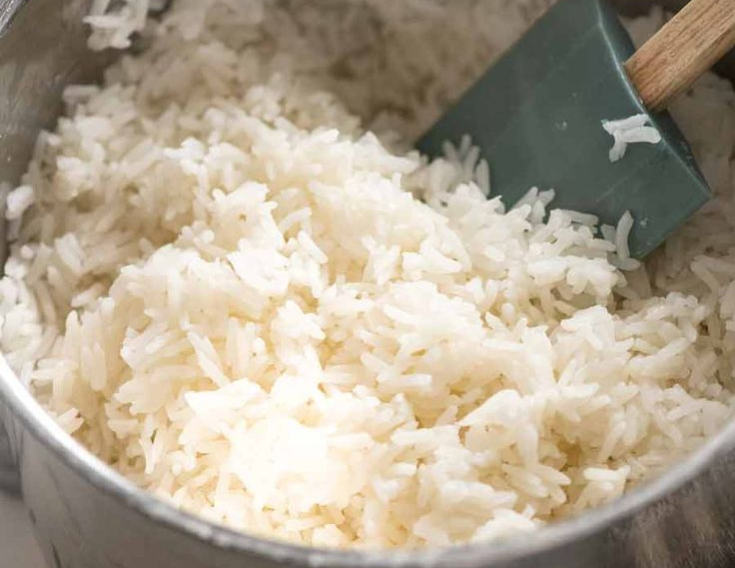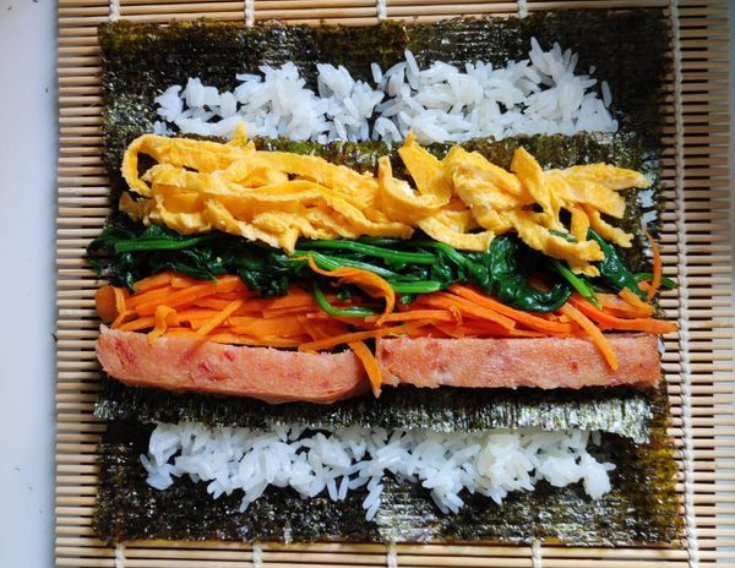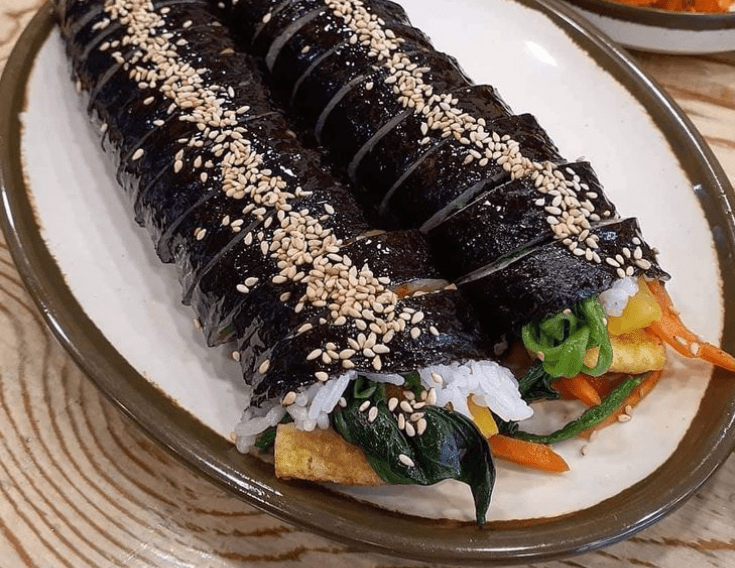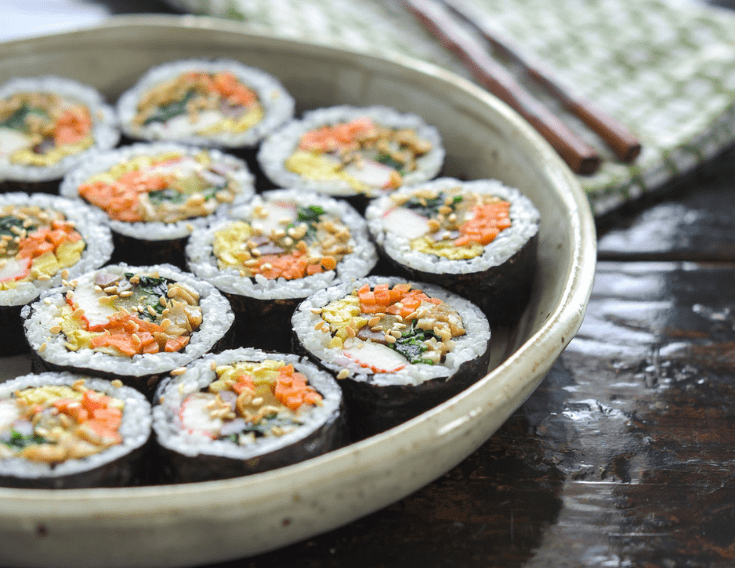Kimbap Origin
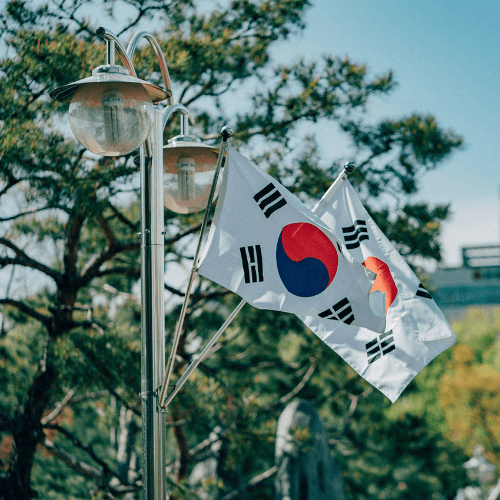
Kimbap (or gimbap) is a popular Korean dish that consists of rice and various other ingredients rolled in gim (dried seaweed). The name “kimbap” literally means “seaweed rice.”
The origin of kimbap is a bit debated, but it is generally believed to have been influenced by Japanese sushi rolls. During the Japanese occupation of Korea (1910-1945), sushi became known in Korea, and Koreans adapted it to their tastes, using their own ingredients and methods. However, kimbap has evolved significantly from its Japanese roots and has become a distinct dish in Korean cuisine.
Health Benefits of Kimbap
- Low in Calories
- Rich in Vitamins and Minerals
- High in Protein
- Good Source of Fiber
- Contains Healthy Fats
- Rich in Antioxidants
- Supports Thyroid Health
- Promotes Heart Health
- Provides Sustained Energy
- Low in Sugar
Tips for Perfect Kimbap
- Keep your hands wet to prevent rice from sticking.
- Use a sharp knife to slice the roll into bite-sized pieces.
- Experiment with different fillings to find your favorite combination.

Kimbap (Korean Seaweed Rice Rolls)
Ingredients
Instructions
-
Cook the Rice
Rinse the rice thoroughly under cold water until the water runs clear.
Cook the rice with 2 cups of water in a rice cooker or on the stovetop according to the package instructions.
-
Prepare the Fillings
Carrot: Heat a small amount of oil in a pan over medium heat. Add the julienned carrot and cook until tender-crisp, about 2-3 minutes. Set aside.
Cucumber: Julienne the cucumber into thin strips and set aside.
Spinach: Blanch the spinach in boiling water for about 30 seconds, then drain and squeeze out excess water. Season with a pinch of salt and 1 teaspoon of sesame oil. Set aside.
Eggs: Beat the eggs with a pinch of salt and cook into a thin omelet in a frying pan. Cut into long strips.
Beef/Fish Cake (optional): If using, cook the beef or fish cake in a pan with 1 tablespoon of soy sauce and 1 tablespoon of sugar until well-seasoned. Set aside.
-
Season the Rice
Once the rice is cooked and slightly cooled, season it with 1 tablespoon of sesame oil and a pinch of salt. Mix well to combine.
-
Assemble the Kimbap
Place a sheet of seaweed on a bamboo mat or clean surface, shiny side down.
Spread a thin layer of seasoned rice evenly over the seaweed, leaving about 1 inch of seaweed uncovered at the top edge and sides.
Arrange the fillings (carrot, cucumber, spinach, pickled radish, egg, and beef/fish cake) in a line across the center of the rice.
-
Roll the Kimbap
Lift the edge of the bamboo mat closest to you, and tightly roll the seaweed and rice over the fillings. Apply gentle pressure to ensure the roll is tight and compact.
Continue rolling until you reach the uncovered edge of the seaweed.
Dampen the edge with a little water to seal the roll.
-
Slice and Serve
Using a sharp knife, slice the rolled kimbap into bite-sized pieces, about 1 inch thick.
Arrange the slices on a serving platter and garnish with sesame seeds.
-
Enjoy Your Kimbap
Serve immediately with soy sauce or a dipping sauce of your choice. Kimbap can be enjoyed as a delicious snack, light meal, or packed lunch.
Servings 4
- Amount Per Serving
- Calories 350kcal
- % Daily Value *
- Total Fat 10g16%
- Saturated Fat 2g10%
- Cholesterol 100mg34%
- Sodium 500mg21%
- Total Carbohydrate 52g18%
- Dietary Fiber 3g12%
- Sugars 4g
- Protein 12g24%
* Percent Daily Values are based on a 2,000 calorie diet. Your daily value may be higher or lower depending on your calorie needs.
Note
1. Rice Preparation:
- Use short-grain or sushi rice for the best texture.
- Ensure the rice is slightly cooled before spreading it on the seaweed to prevent it from becoming too sticky.
2. Seaweed Sheets:
- Use high-quality roasted seaweed sheets (gim/nori) for the best flavor.
- Keep the seaweed sheets dry until you're ready to use them to prevent them from becoming soggy.
3. Filling Ingredients:
- Cut all filling ingredients into long, thin strips to ensure they fit well inside the roll.
- Balance flavors by including a mix of sweet, savory, and tangy fillings like pickled radish and seasoned spinach.
4. Rolling Technique:
- Use a bamboo mat (makisu) to roll the kimbap tightly and evenly.
- Apply gentle but firm pressure while rolling to keep the ingredients compact.
5. Cutting the Kimbap:
- Use a sharp knife to cut the rolls into bite-sized pieces.
- Wipe the knife with a damp cloth between cuts to prevent the rice from sticking.
6. Serving and Storage:
- Serve kimbap fresh for the best taste and texture.
- If you need to store kimbap, wrap it tightly in plastic wrap and refrigerate for up to 24 hours. Note that the texture may change slightly after refrigeration.
7. Customization:
- Feel free to customize your kimbap with different fillings based on your preferences or dietary restrictions.
- Experiment with various proteins, vegetables, and seasonings to create unique flavor combinations.
8. Common Mistakes to Avoid:
- Avoid overfilling the roll, as this can make it difficult to roll and cut.
- Ensure the rice layer is not too thick to maintain the right balance of flavors.
- Don't use too much water when sealing the seaweed, as it can make the roll soggy.
Enjoy your Kimbap!


